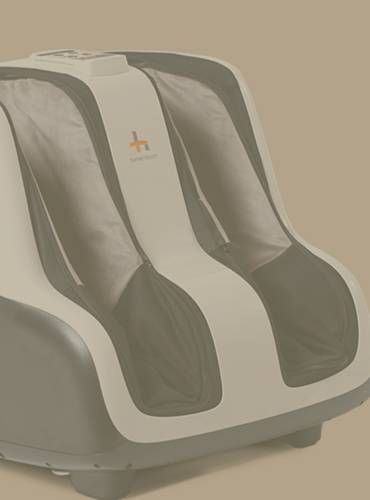
Nov . 19, 2024 14:41 Back to list
galvanized iron sheet metal factory
Understanding Galvanized Iron Sheet Metal Factories
Galvanized iron sheet metal has become a fundamental material in various industries, thanks to its corrosion resistance, durability, and versatility. Galvanized iron is produced by coating iron or steel with a layer of zinc to protect it from corrosion. This process not only enhances the lifespan of the metal but also expands its usability in a range of applications, making galvanized iron sheet metal factories essential in today's manufacturing landscape.
The Production Process
The manufacturing of galvanized iron sheets involves several key steps. First, raw steel sheets are cleaned to remove any impurities, such as oil and rust. This is typically accomplished using a chemical solution. Following the cleaning process, the sheets are submerged in a molten zinc bath. The temperature of this bath is crucial, as it allows the zinc to fully adhere to the surface of the iron or steel.
Once the sheets are coated, they undergo cooling and drying. This is often done in a controlled environment to ensure the integrity of the zinc coating. The result is a galvanized sheet that is not only strong but also has a shiny, attractive finish. The thickness of the zinc layer can be adjusted depending on the intended application, with heavier coatings providing more substantial protection against harsh environmental conditions.
Applications of Galvanized Iron Sheets
Galvanized iron sheets are widely used across various sectors, including construction, automotive, and appliance manufacturing. In the construction industry, they are often utilized for roofing, siding, and structural components. Their resistance to rust makes them ideal for outdoor applications where they are exposed to moisture.
In the automotive sector, galvanized steel is used in the production of vehicle bodies and components, helping to extend the lifespan of automobiles and reduce maintenance costs. Additionally, appliances such as washing machines, refrigerators, and air conditioners commonly feature galvanized sheets in their construction.
galvanized iron sheet metal factory

Advantages of Galvanized Iron Sheets
One of the standout features of galvanized iron sheets is their corrosion resistance. The zinc coating acts as a barrier, preventing moisture from reaching the underlying metal and thereby significantly reducing the risk of rust. Furthermore, even if the surface is scratched, the zinc can sacrifice itself to protect the iron, offering a level of self-healing ability.
Another advantage is the durability and aesthetics of galvanized iron sheets. They provide a rugged, industrial look that is often desirable in modern design. The shiny finish of freshly galvanized metal can add a contemporary touch to various applications, showcasing the blend of functionality and style.
Environmental Considerations
As industries become more conscious of their environmental impact, galvanized iron sheet metal factories are adopting sustainable practices. Many manufacturers are embracing recycling, using scrap metal as raw material and recycling zinc from older products. This not only reduces waste but also conserves resources.
Additionally, the longevity of galvanized products means that they contribute to lower lifecycle costs and reduce the frequency of replacements. Choosing galvanized iron sheets for construction and manufacturing projects aligns with sustainable practices, ensuring a minimal environmental footprint.
Conclusion
In conclusion, galvanized iron sheet metal factories play a vital role in the production of one of the most versatile and durable building materials available today. The combination of corrosion resistance, durability, and aesthetic appeal makes galvanized iron sheets an attractive choice across various industries. As manufacturing practices continue to evolve, the focus on environmental sustainability will shape the future of galvanized metal production, ensuring it meets modern-day demands while minimizing its environmental impact. The continued relevance of galvanized iron sheets underscores their importance in contemporary manufacturing and construction, making these factories crucial to the industrial landscape.
-
Cost-Effective Tram: GPT-4 Turbo AI Savings
NewsAug.03,2025
-
New Energy Vehicles with GPT-4 Turbo AI
NewsAug.02,2025
-
Premium 26 Gauge Galvanized Steel Coil Maker | Quality
NewsJul.31,2025
-
GPT-4 Turbo New Energy Vehicles: AI-Driven Efficiency & Smart Mobility
NewsJul.31,2025
-
Electric Vehicles for Sale: New Cars, Used Cars & NIO ES8 Offers
NewsJul.30,2025
-
BYD New Energy Vehicles: Innovative New Cars for a Greener Future
NewsJul.29,2025